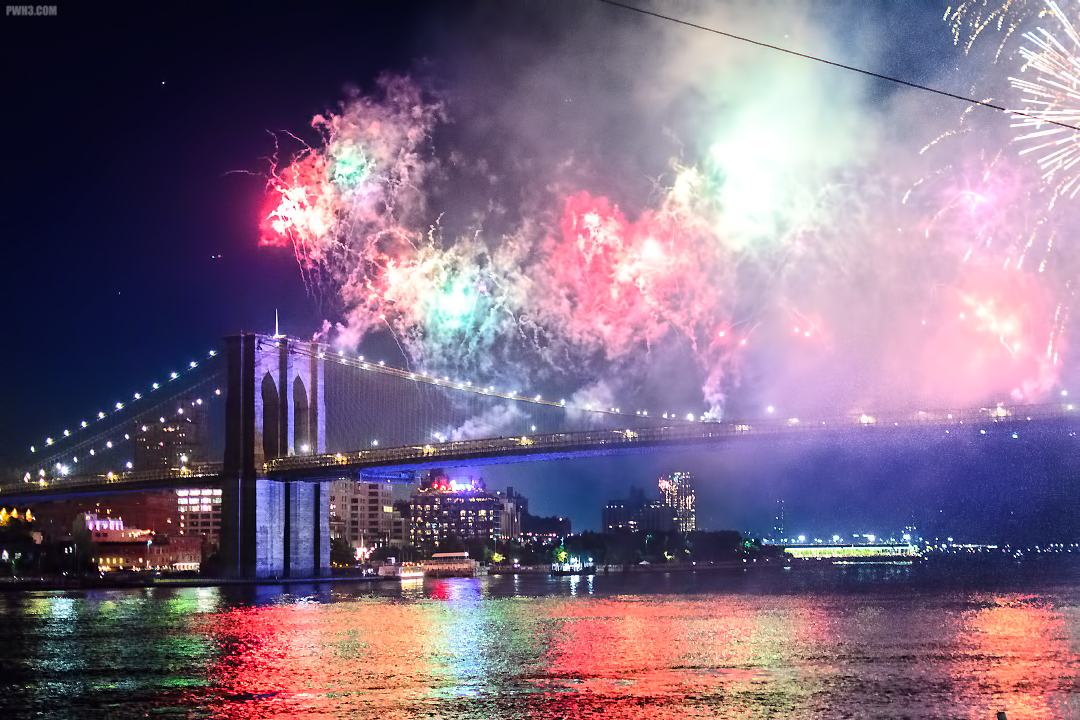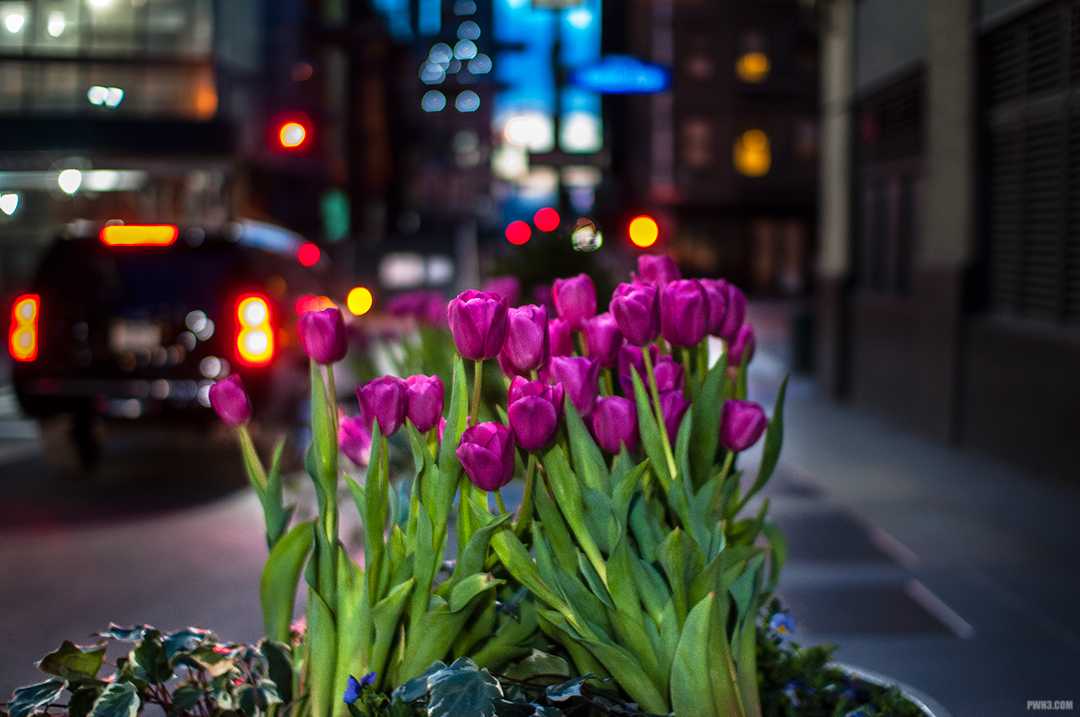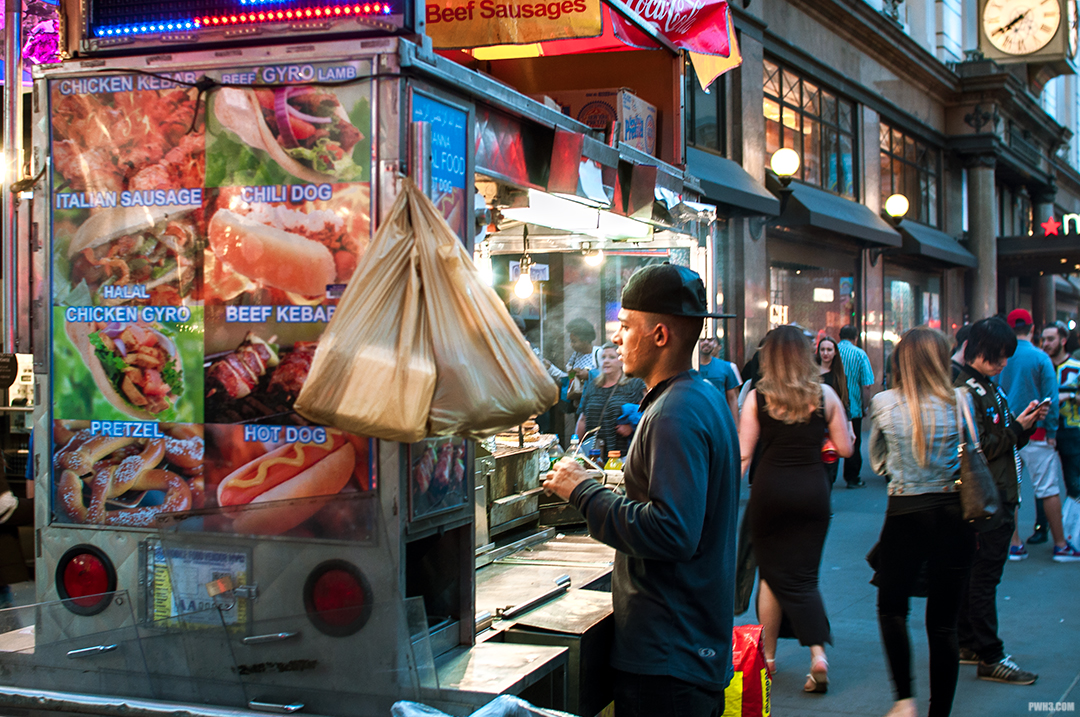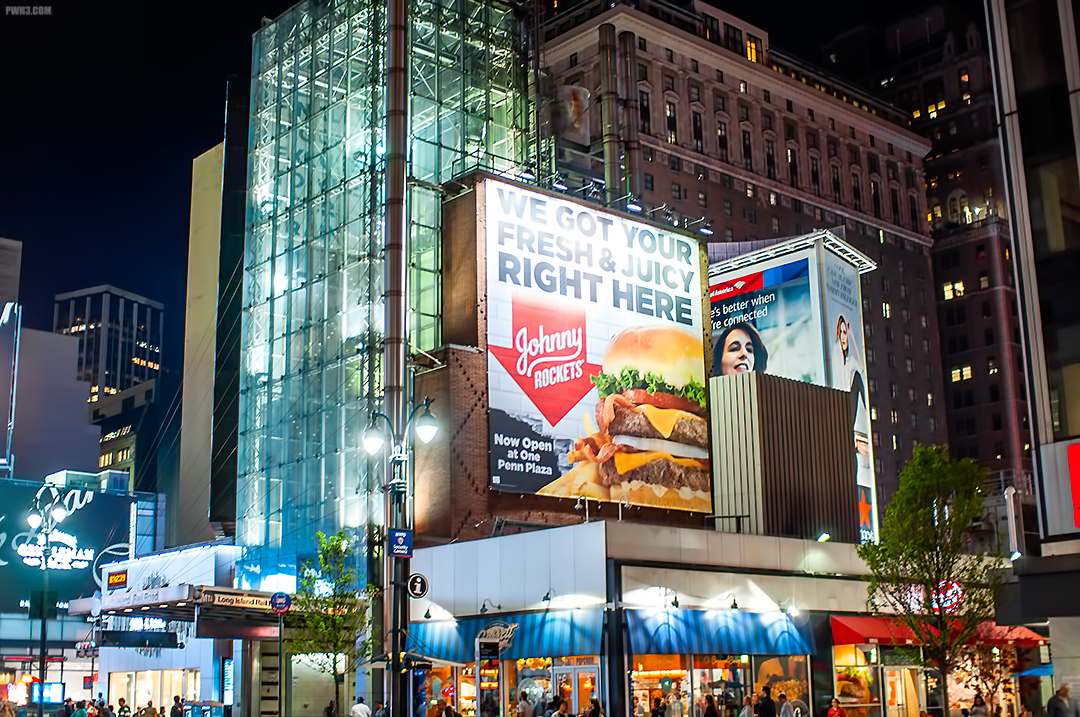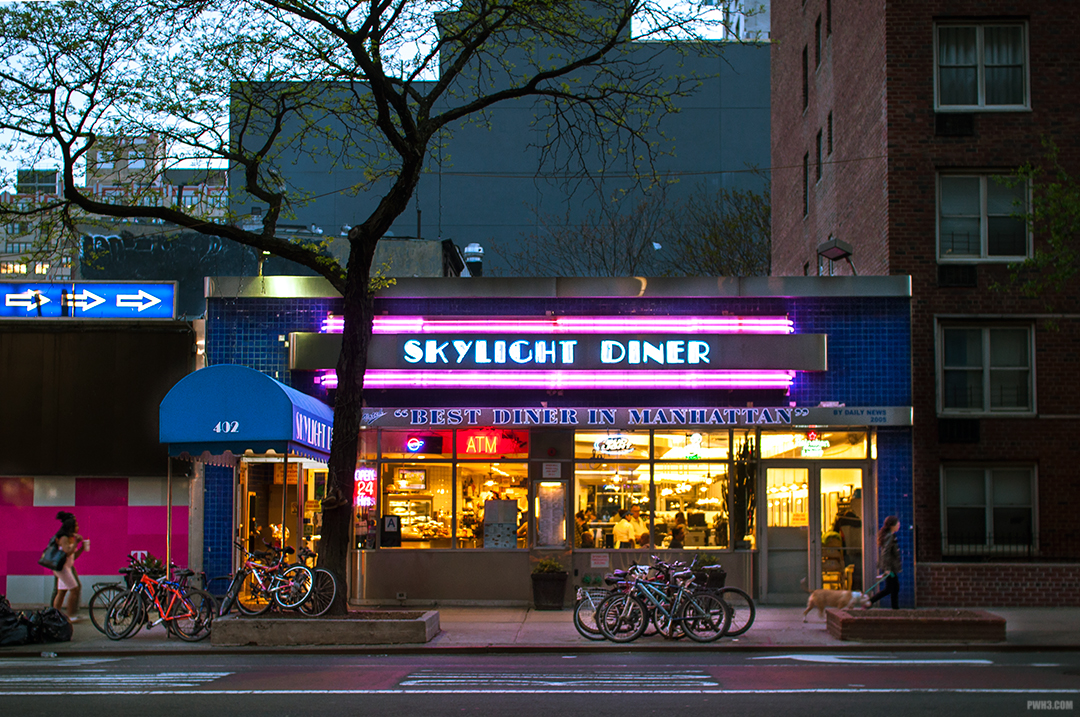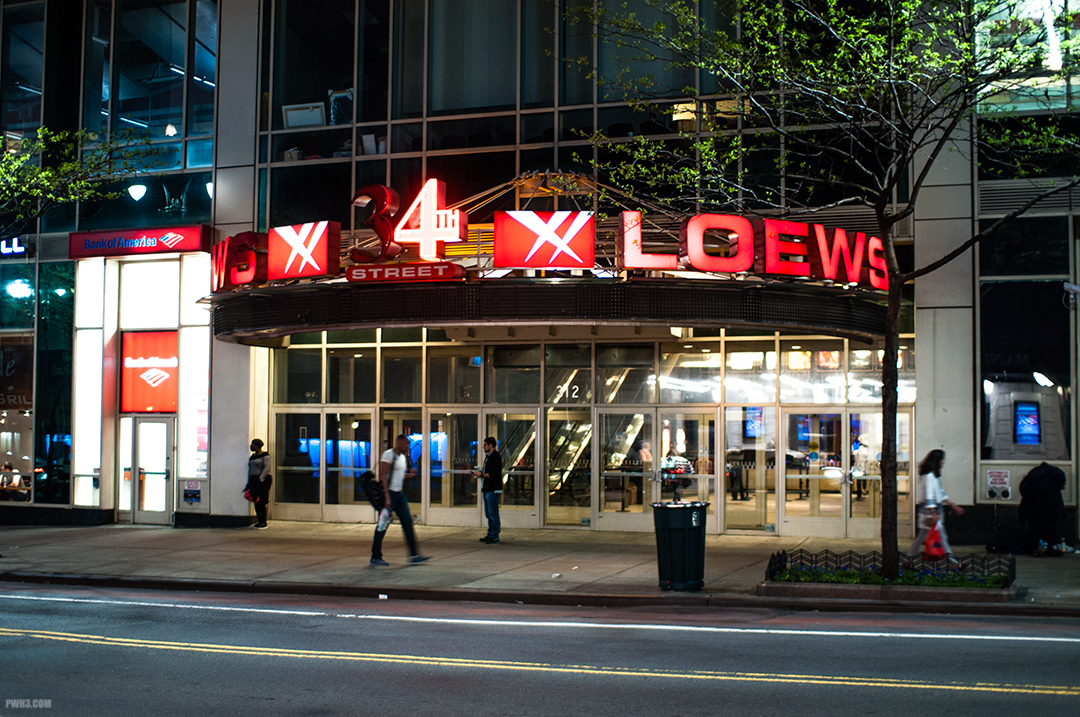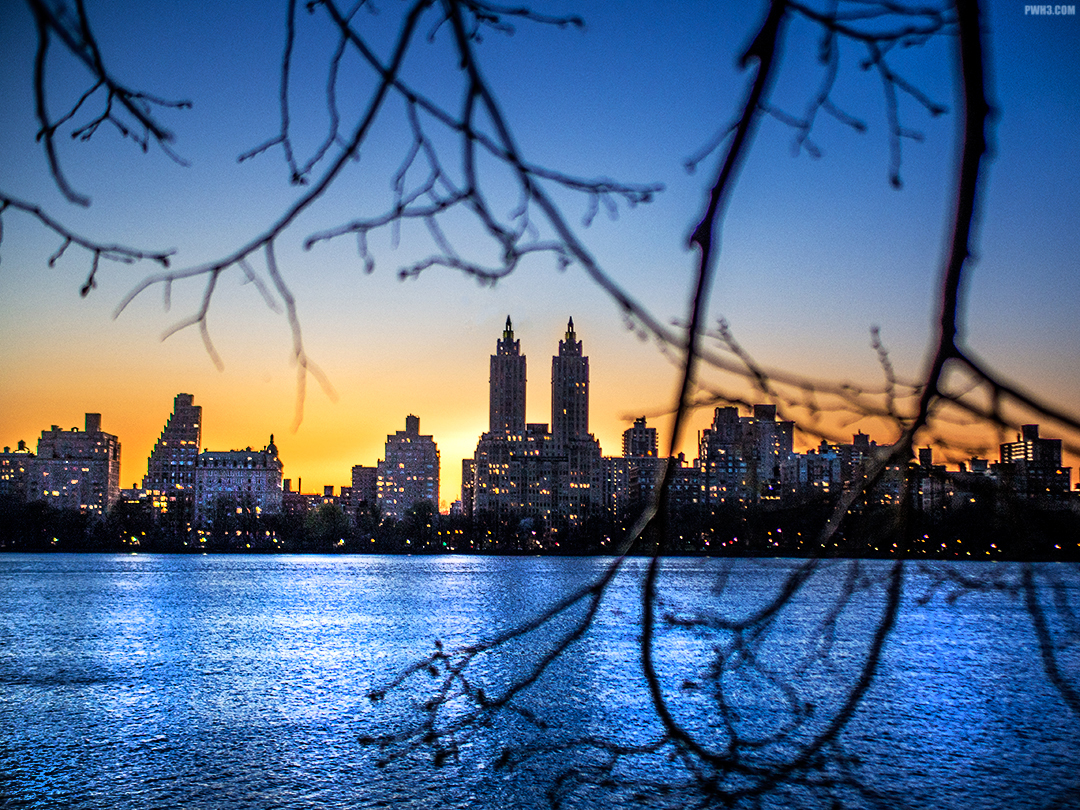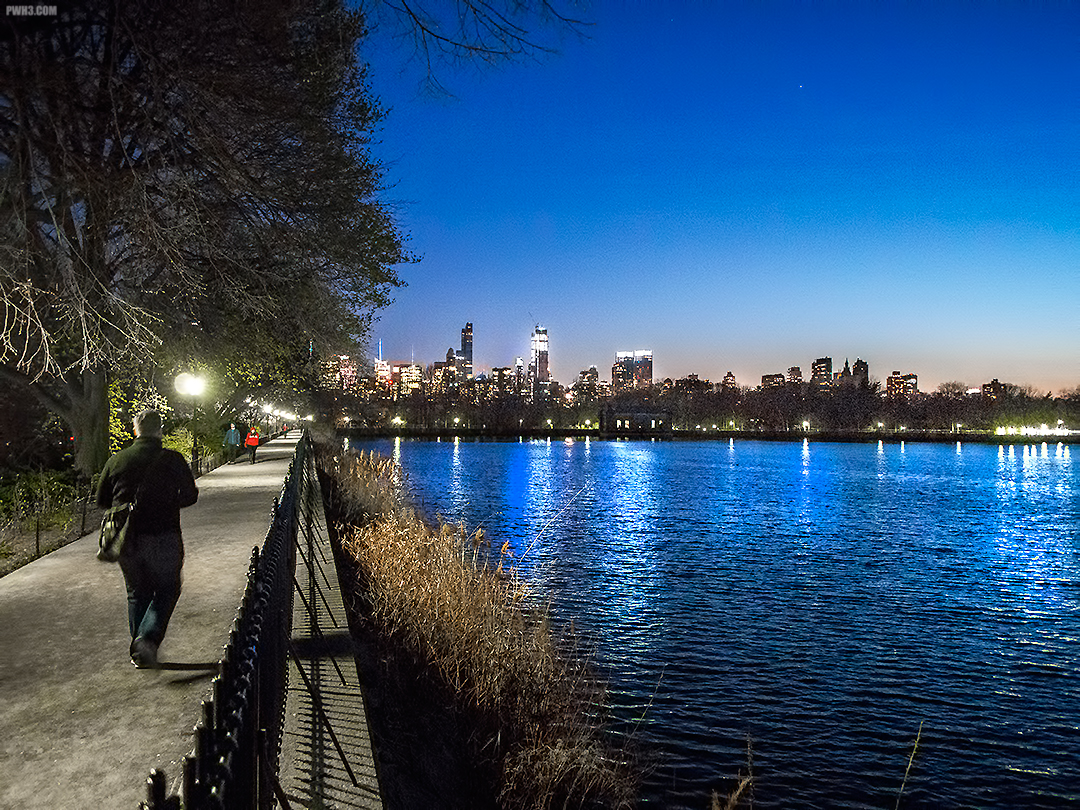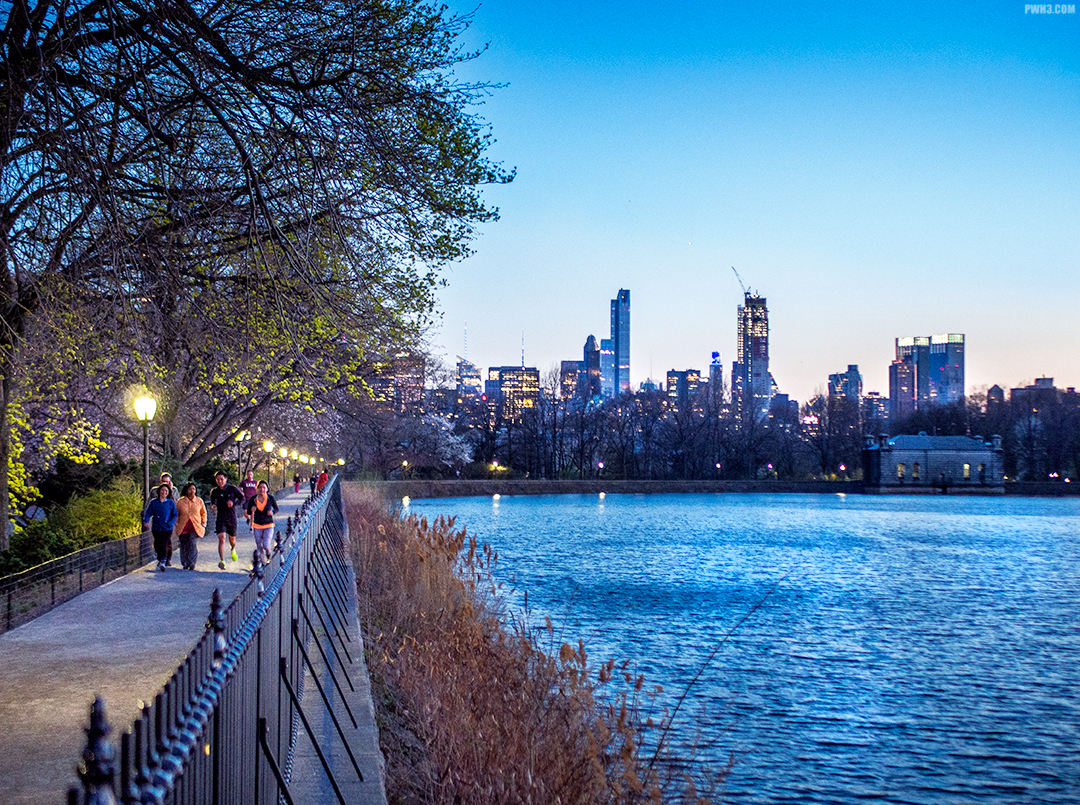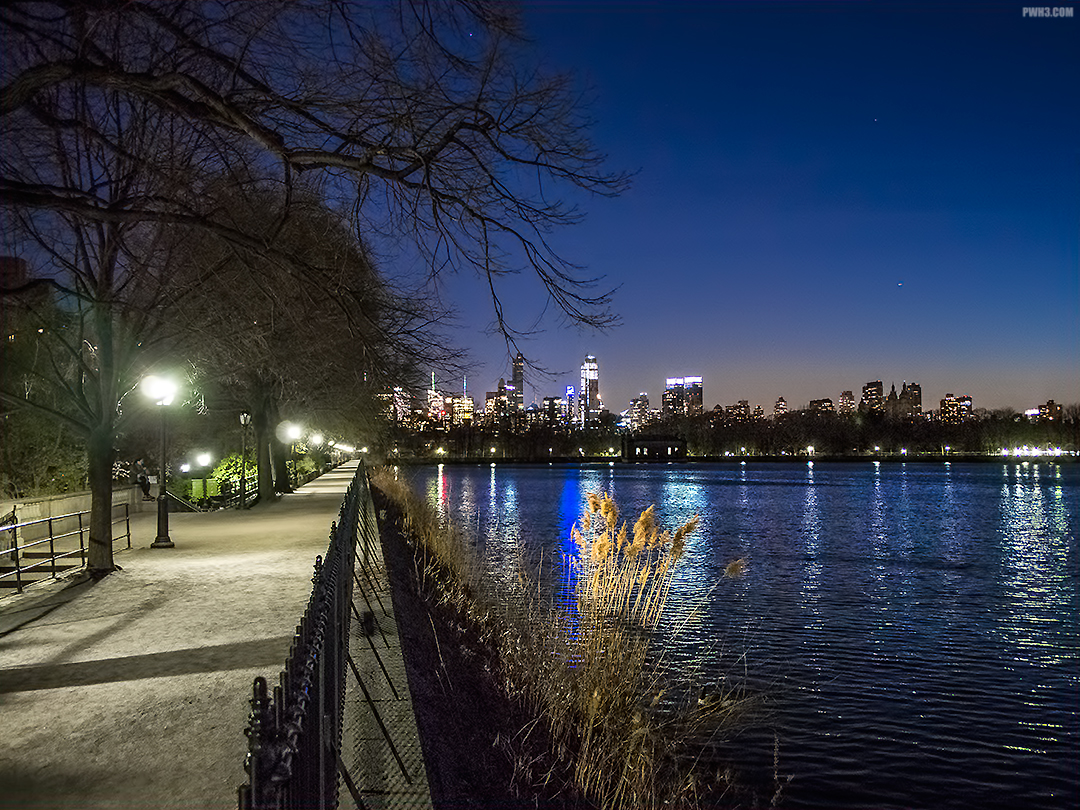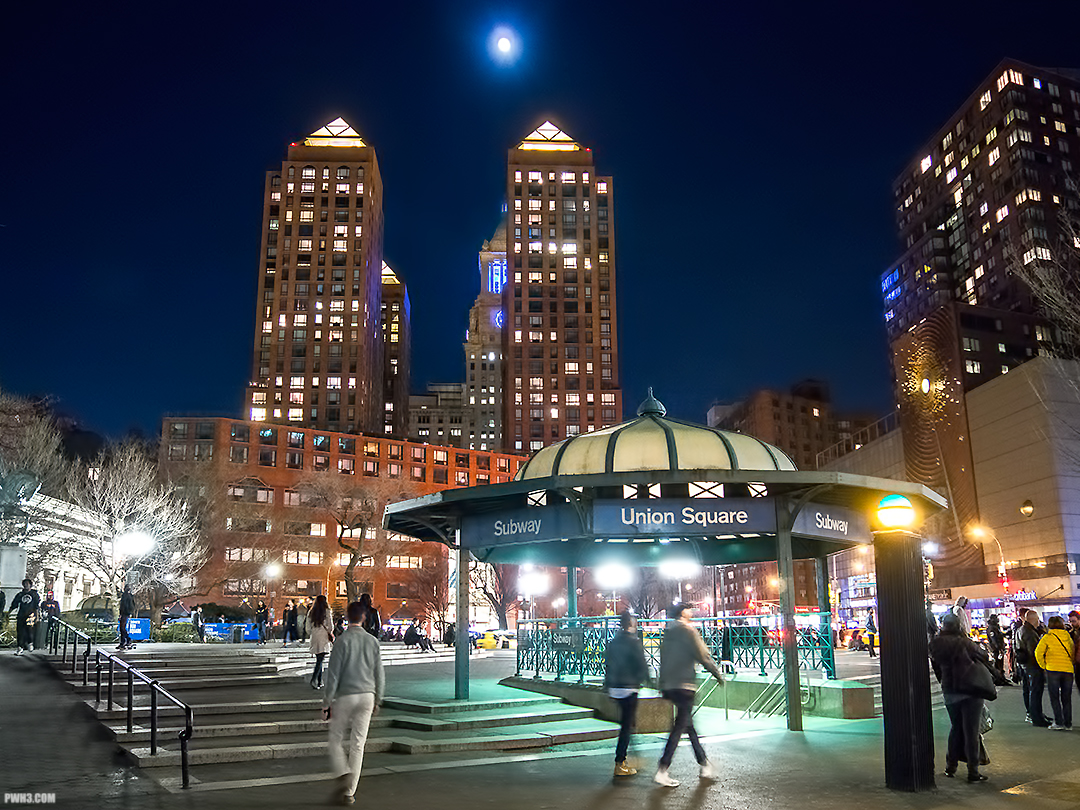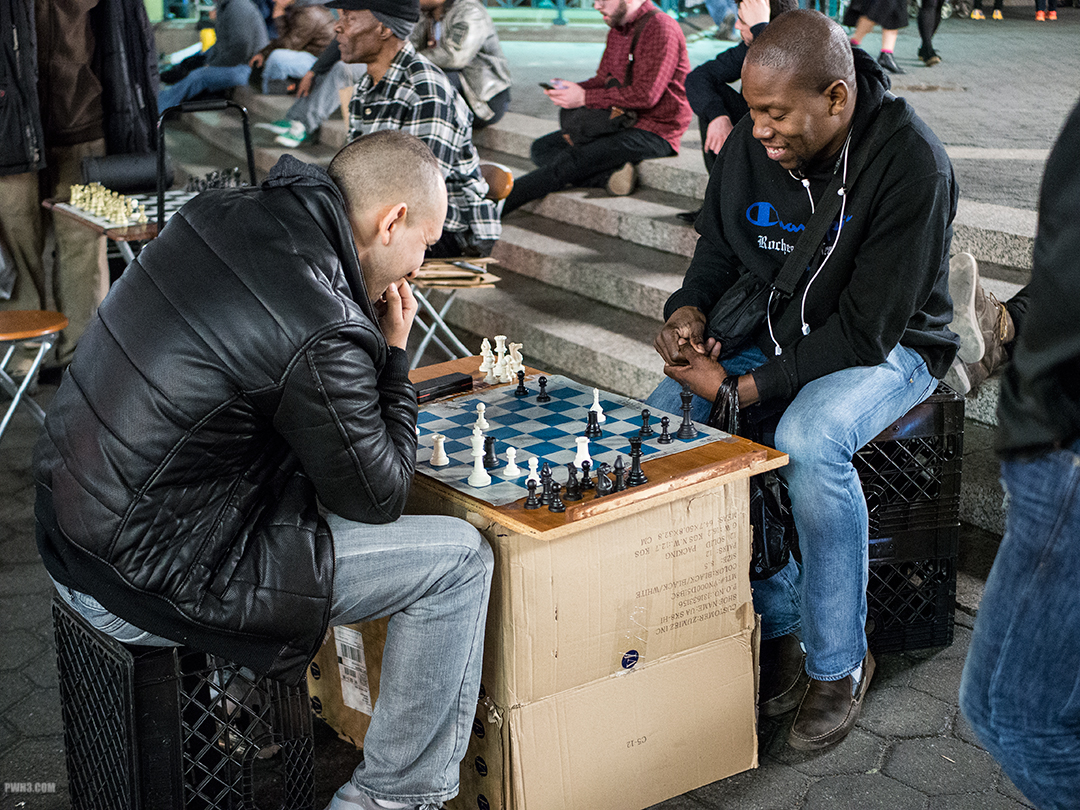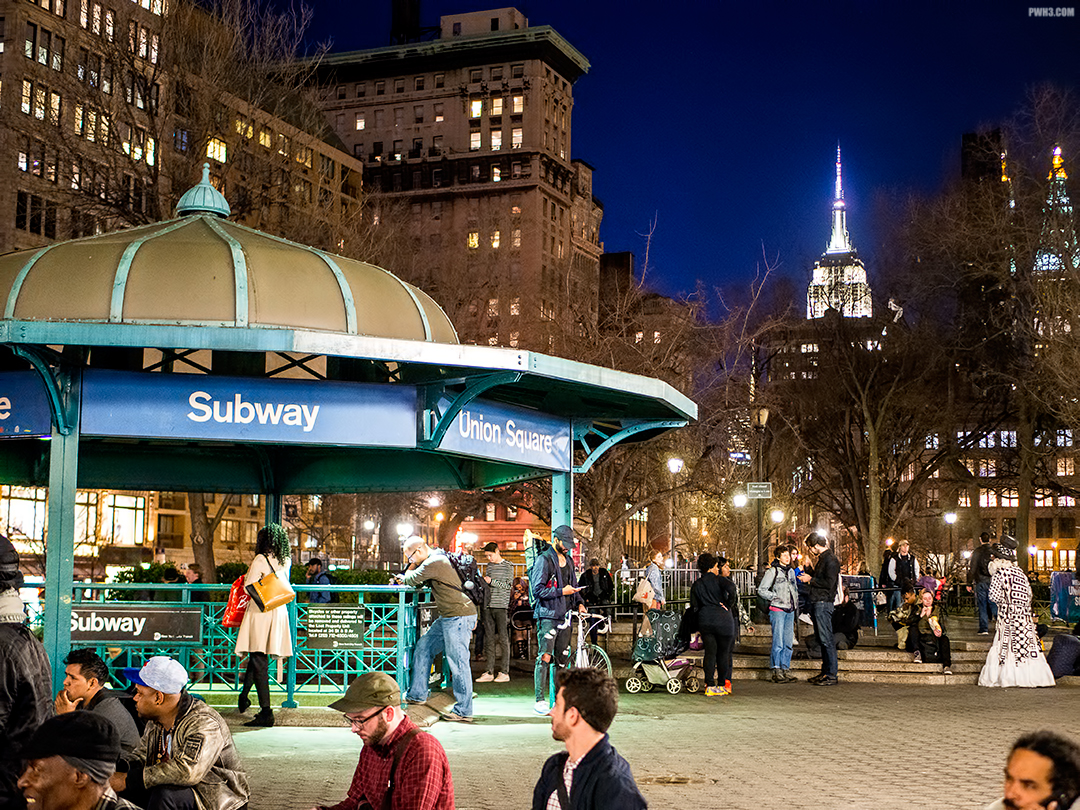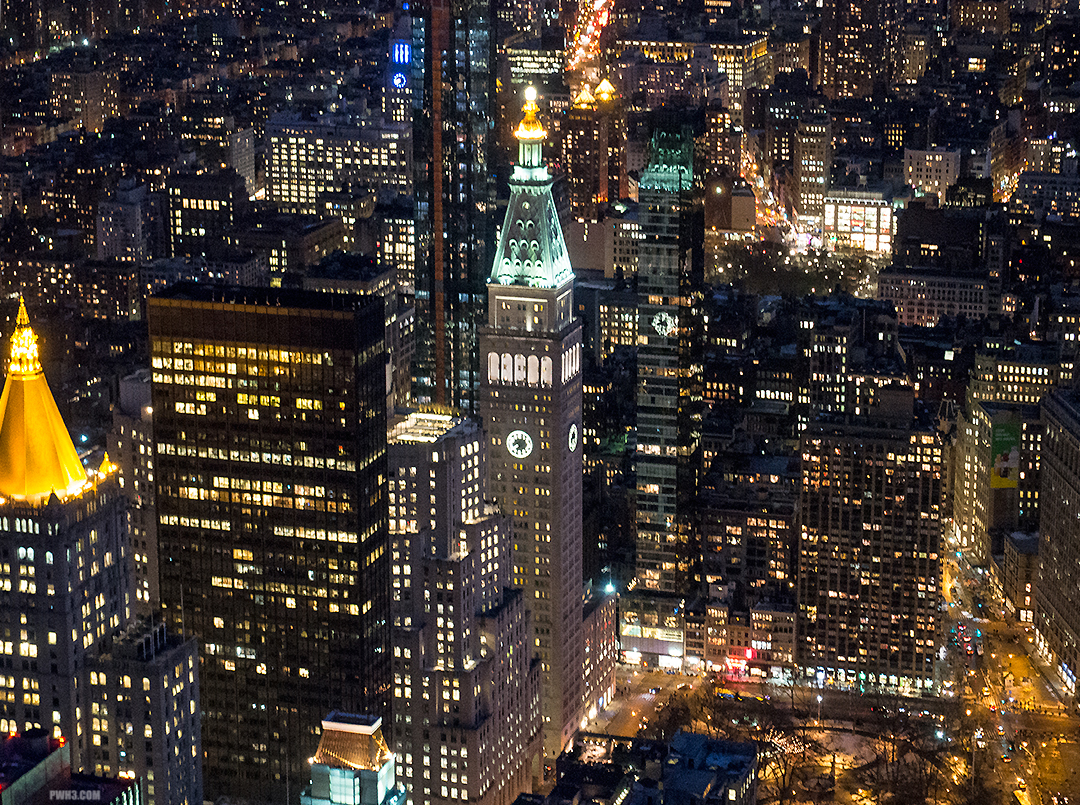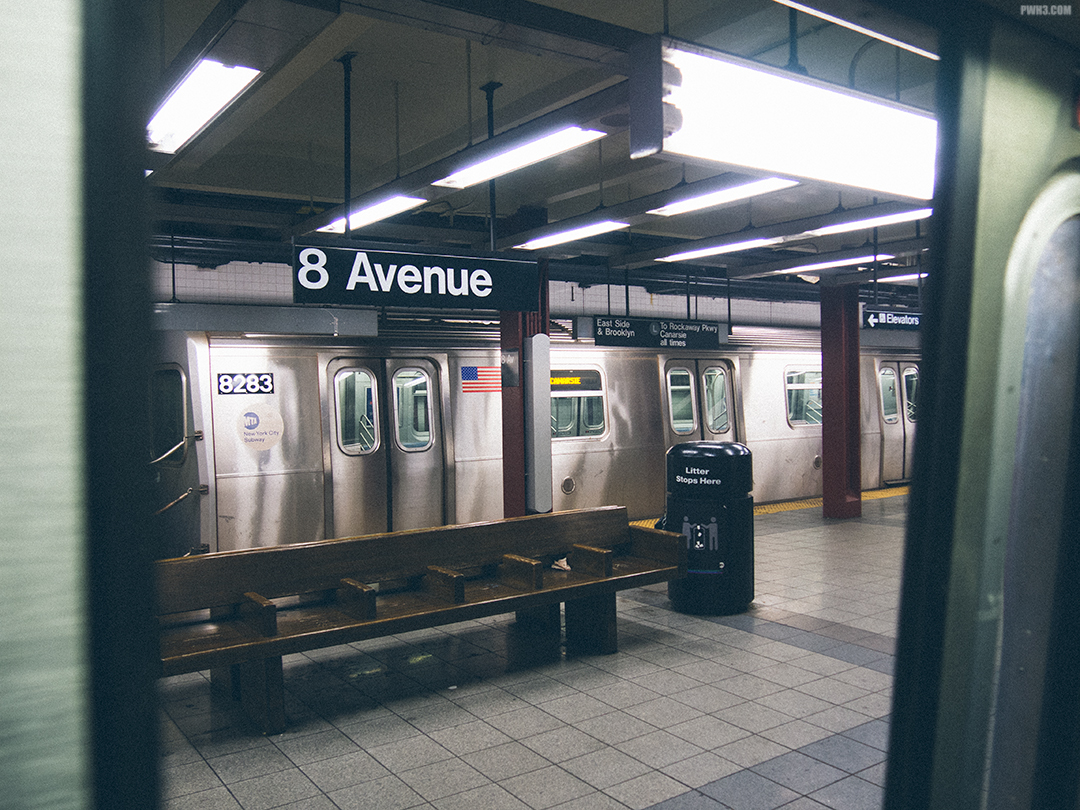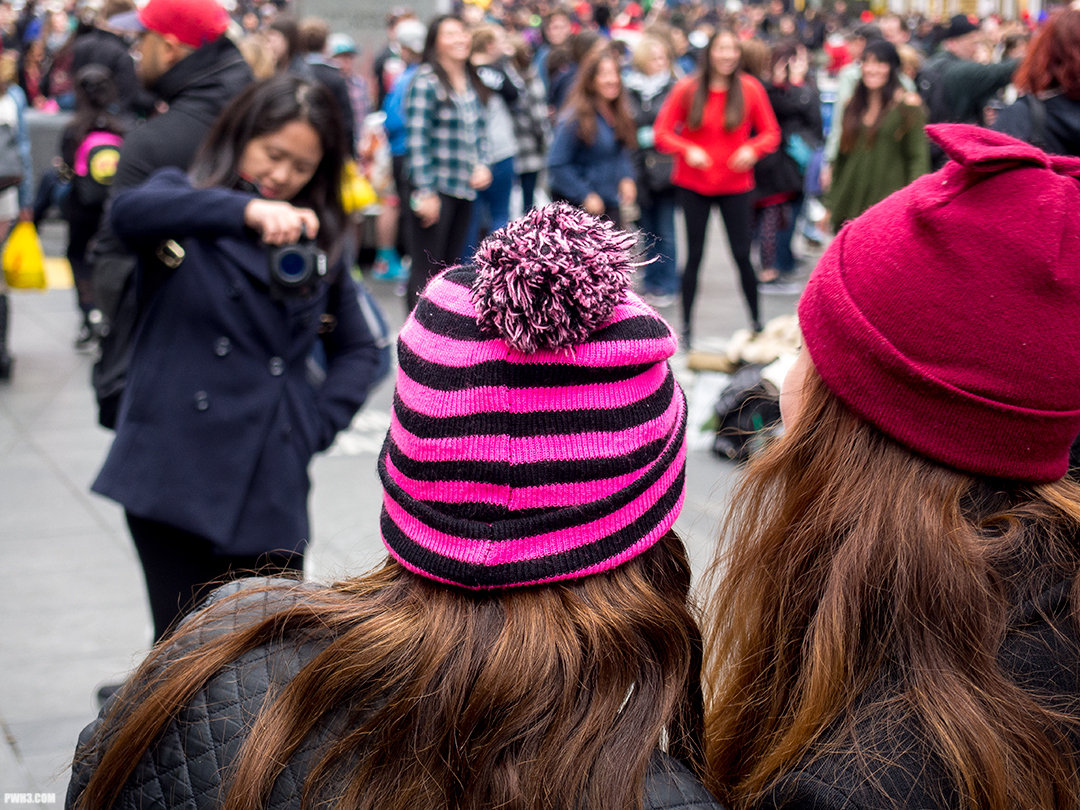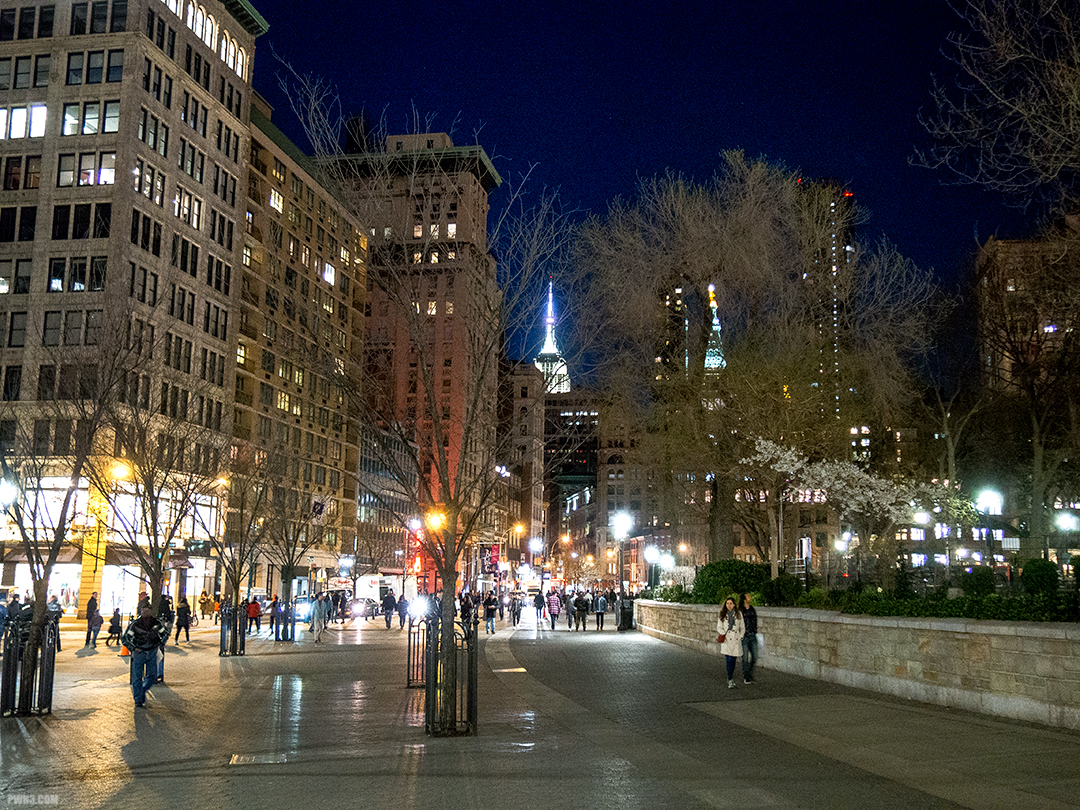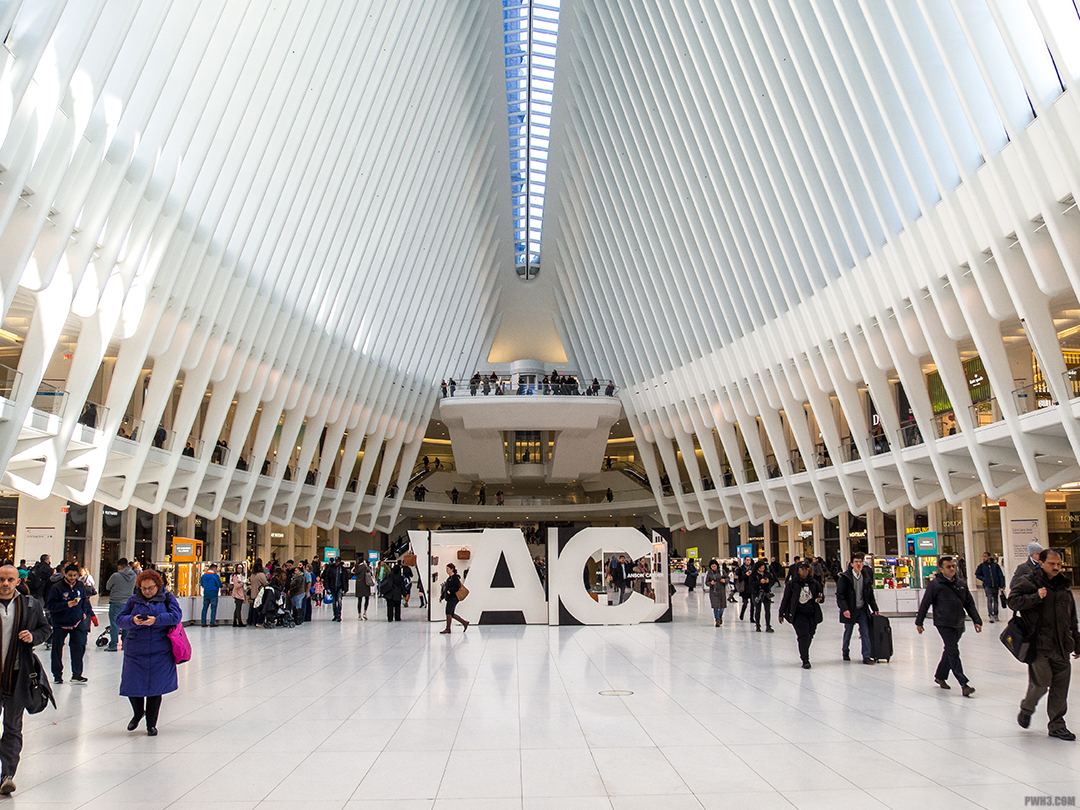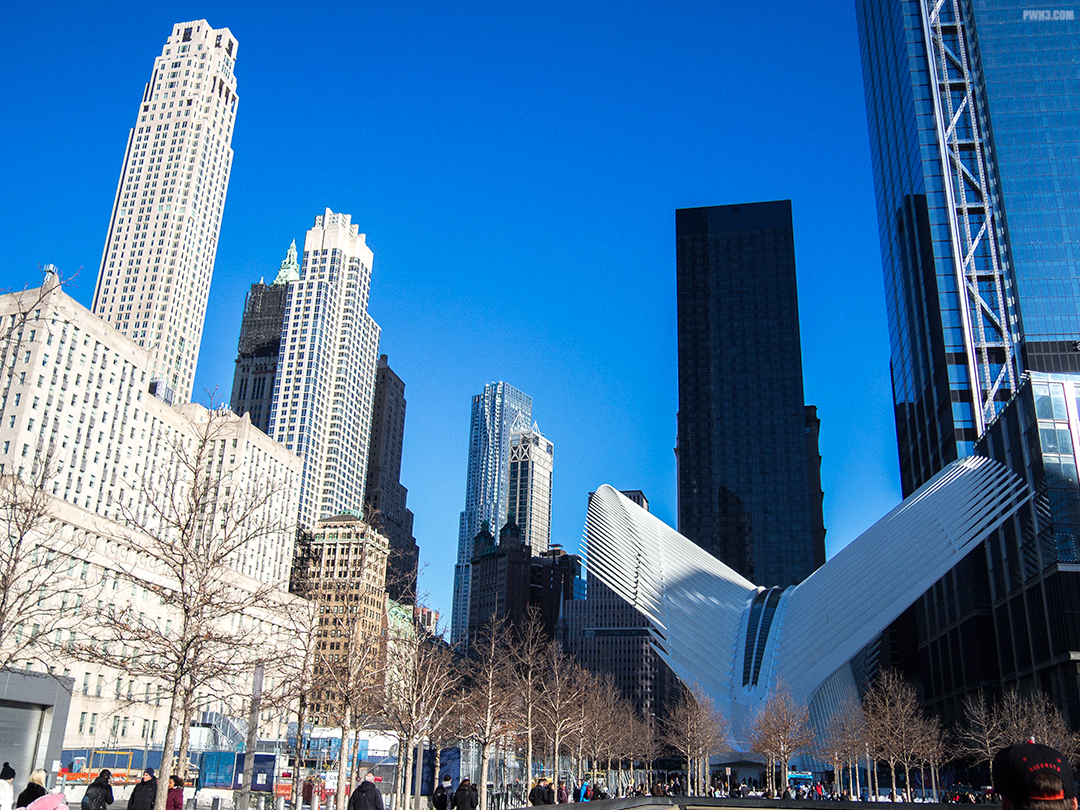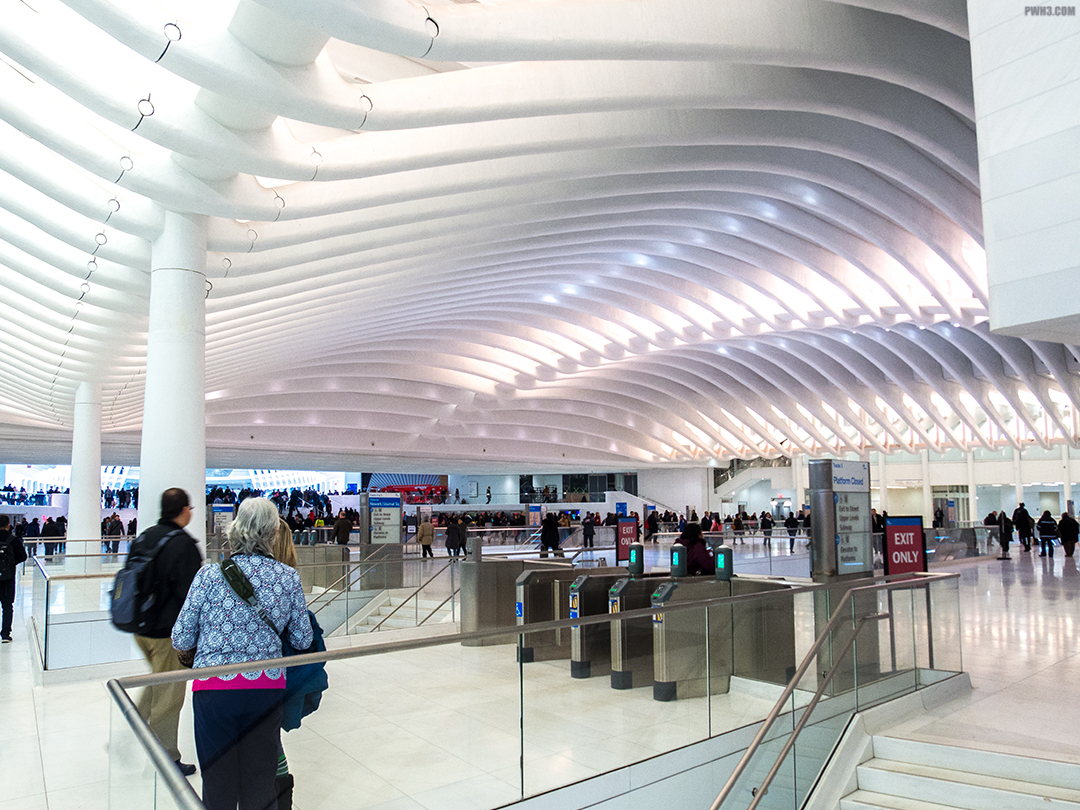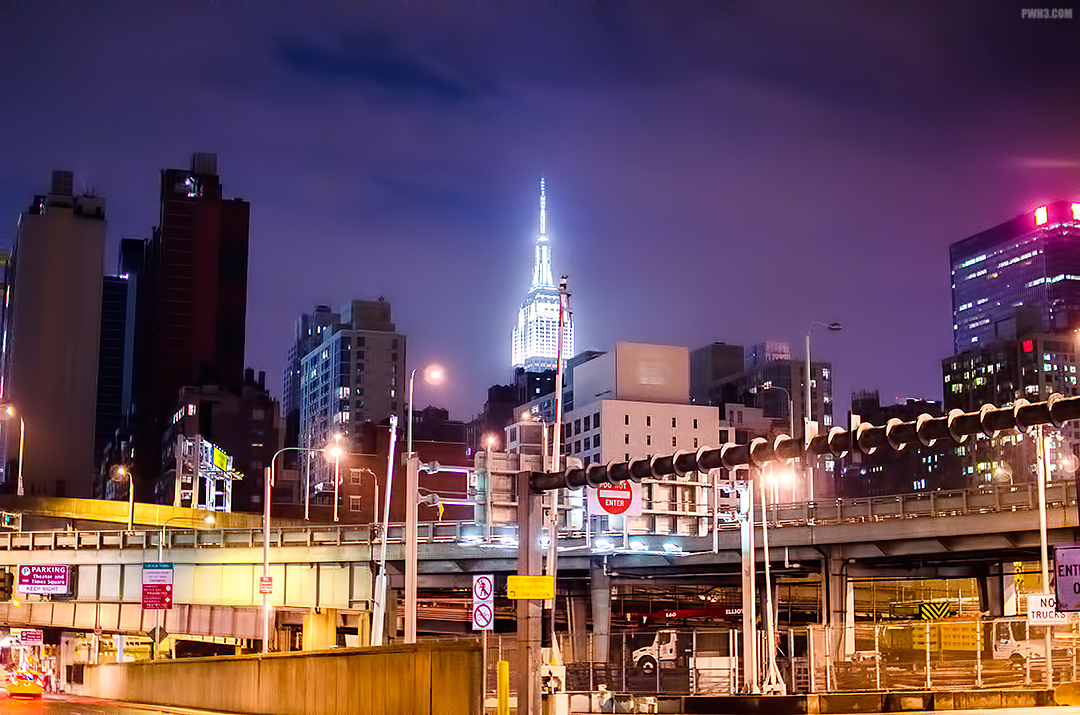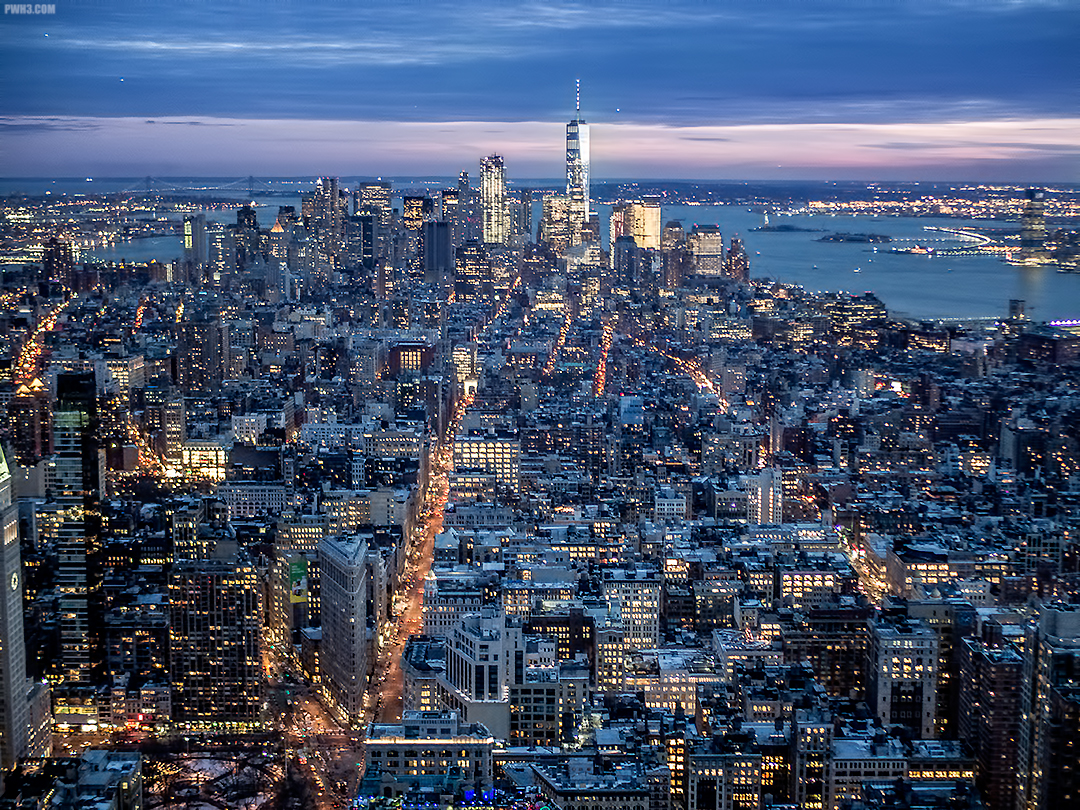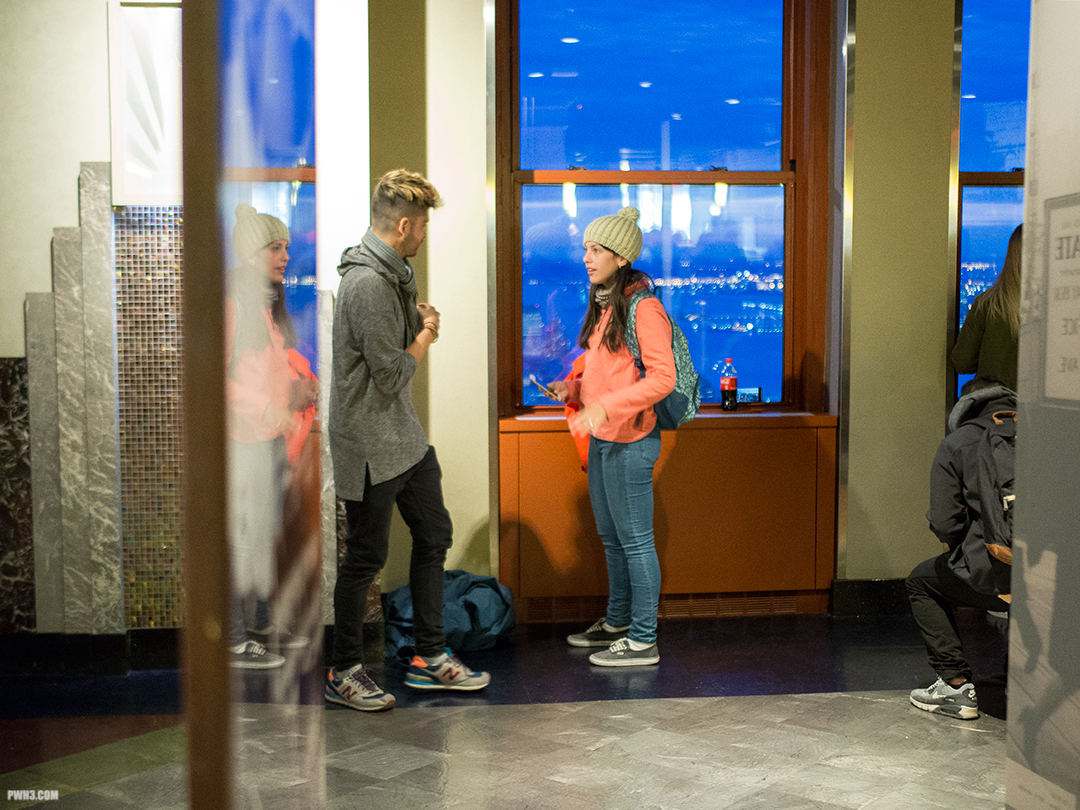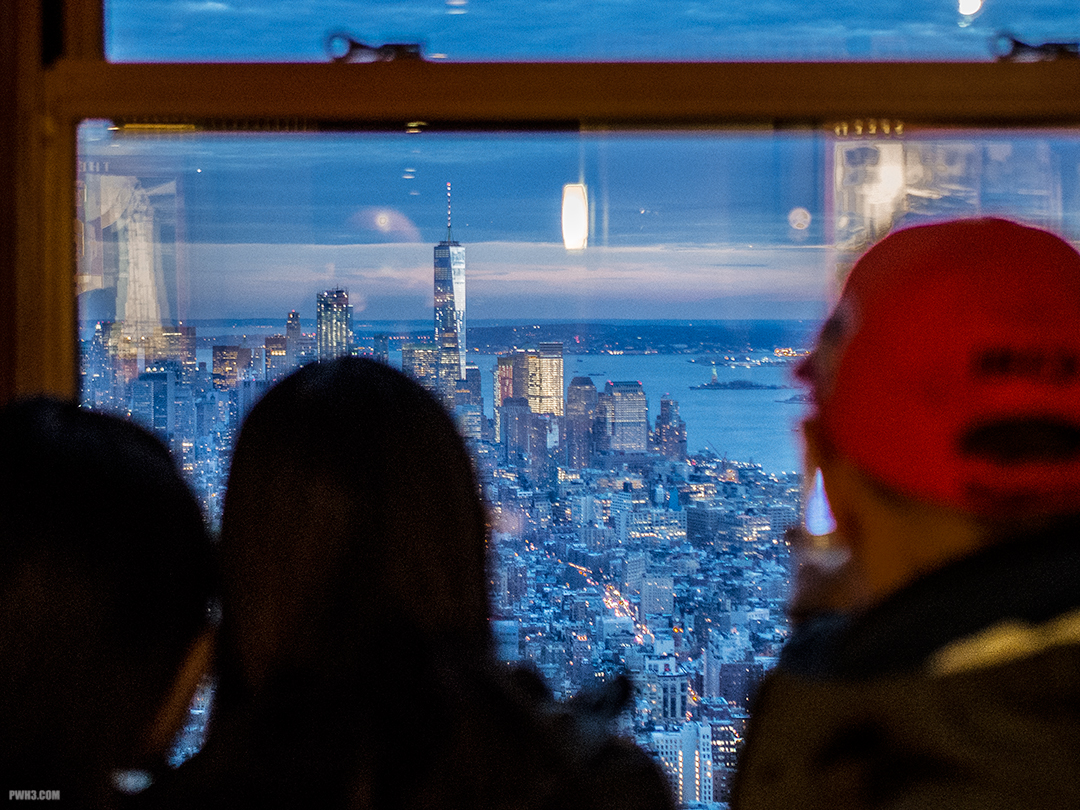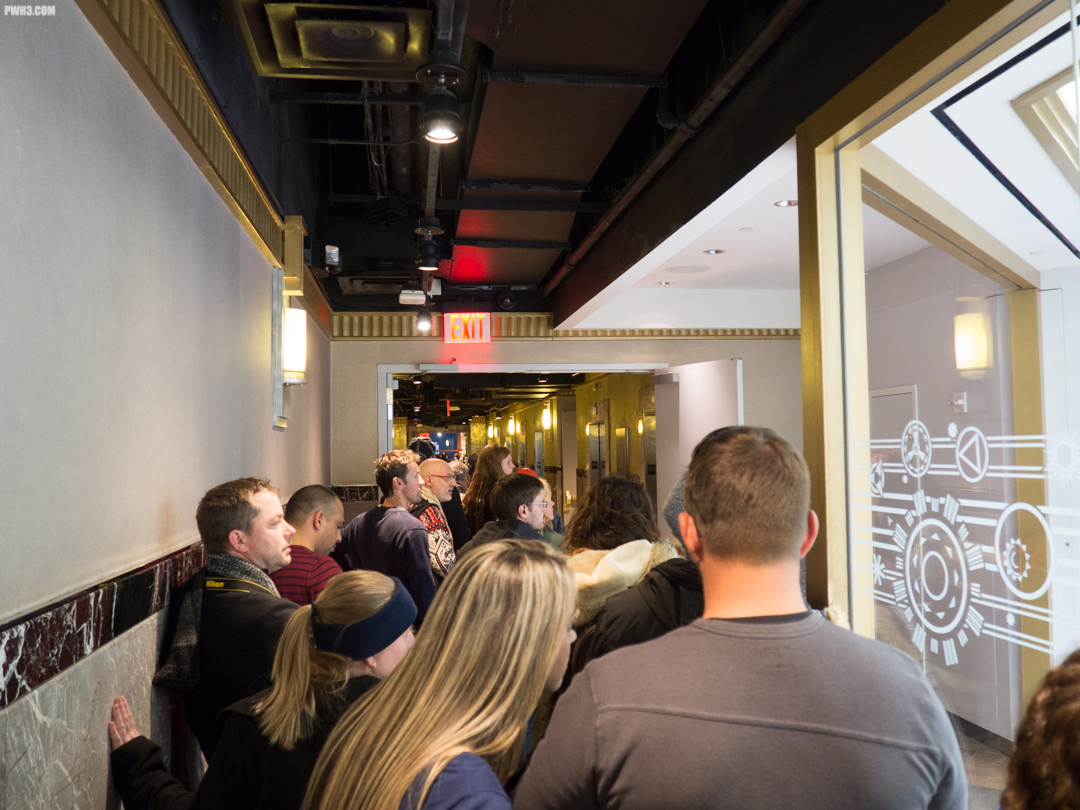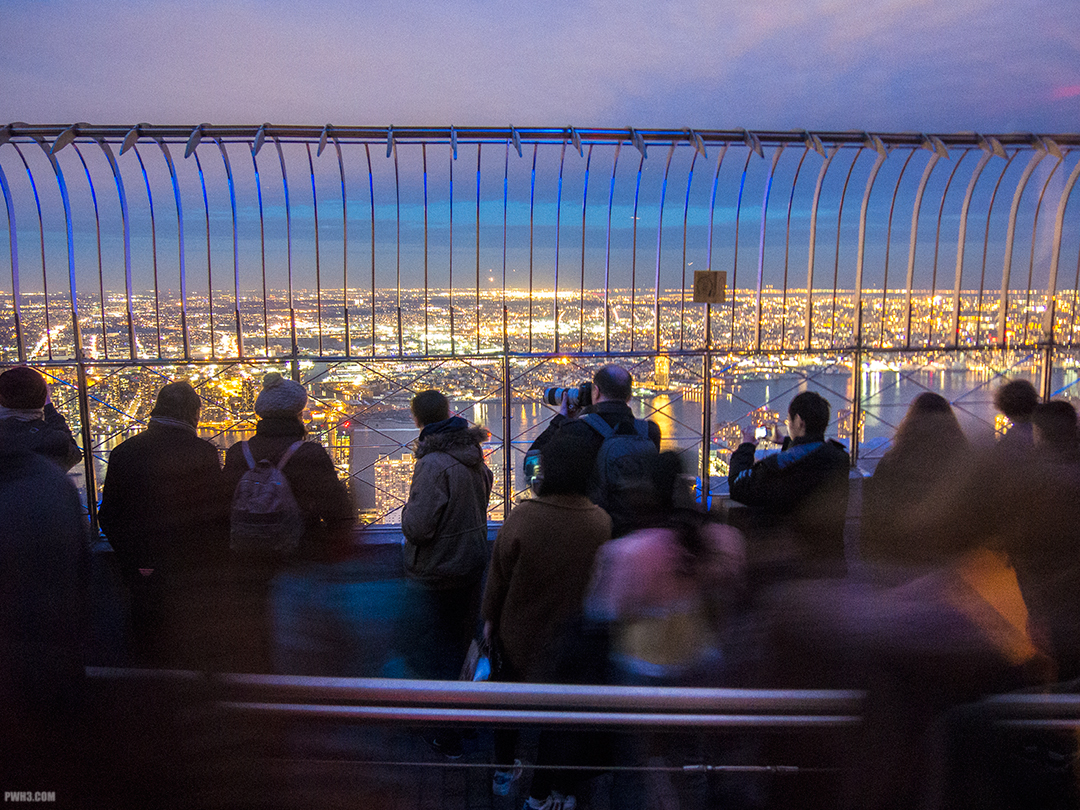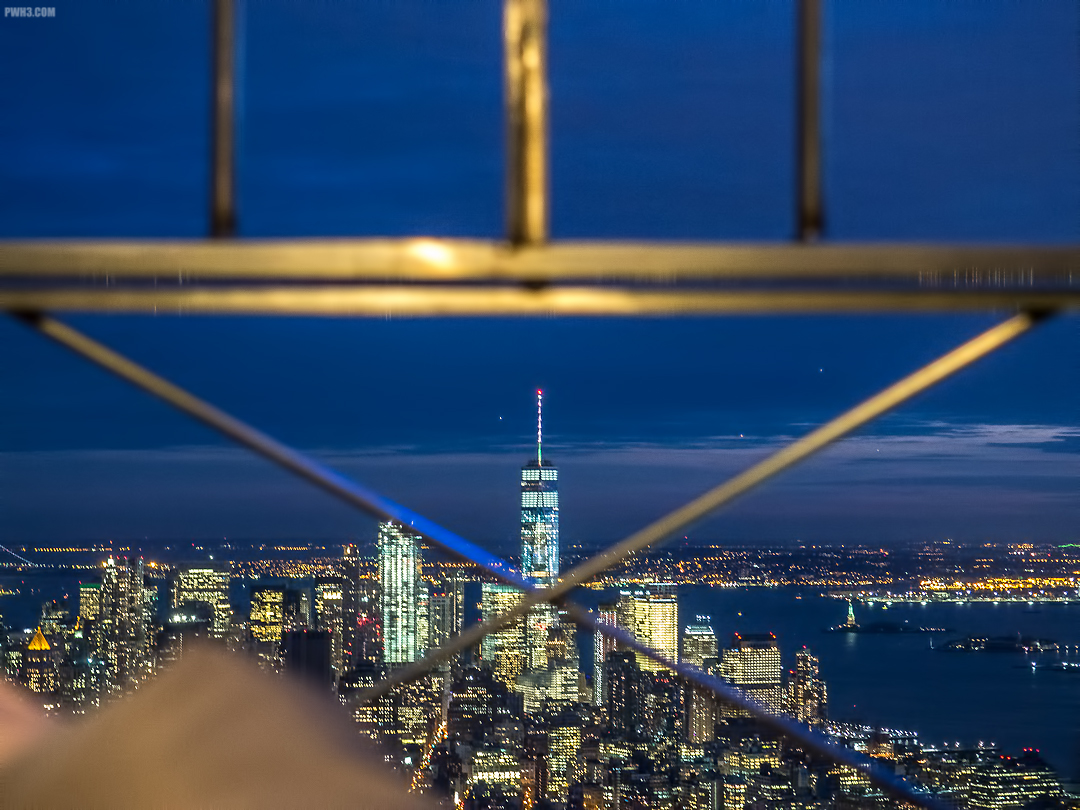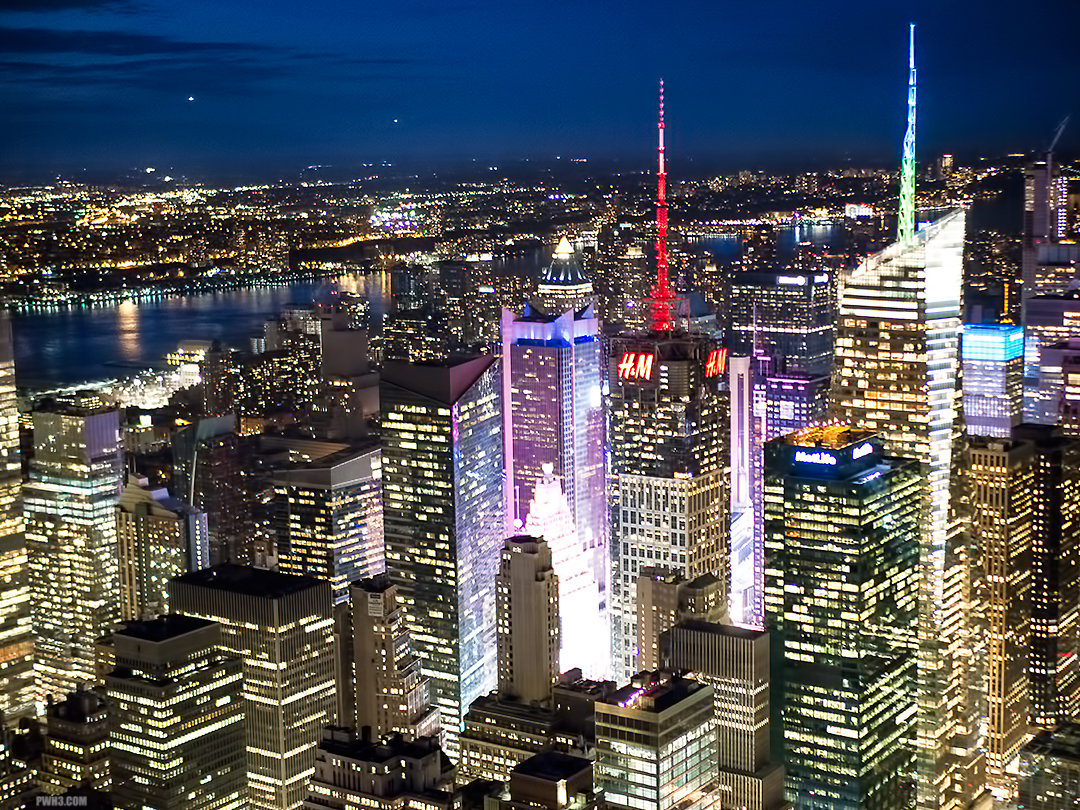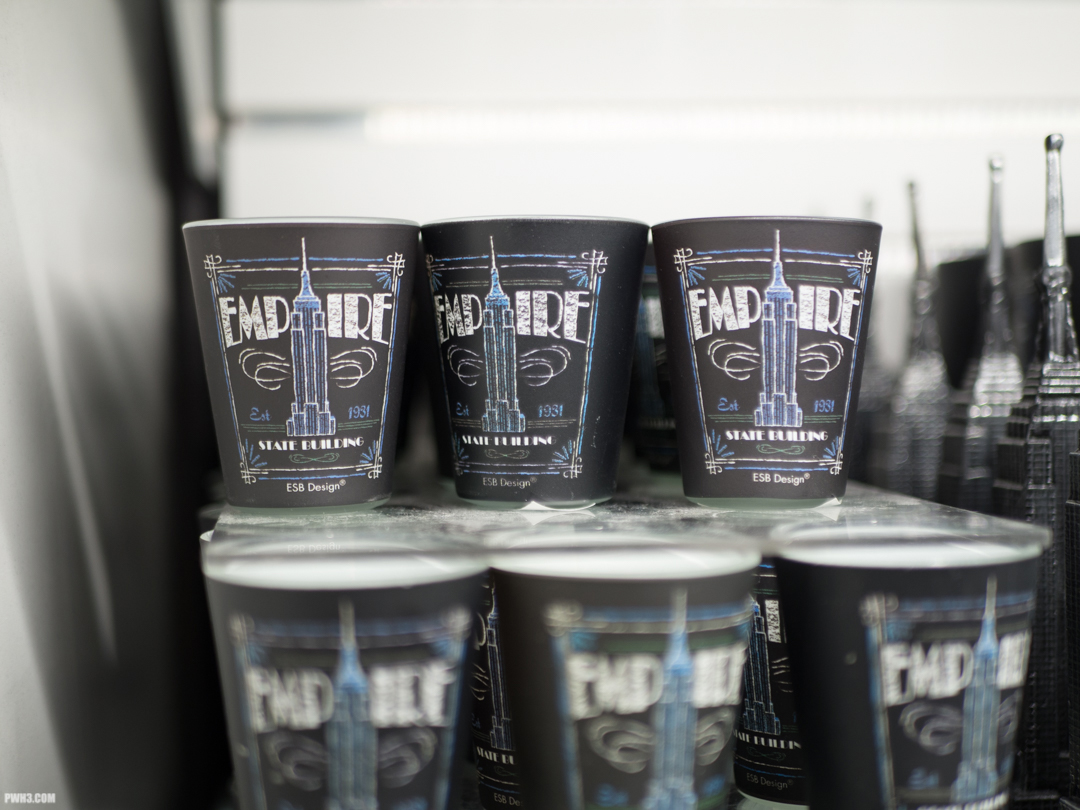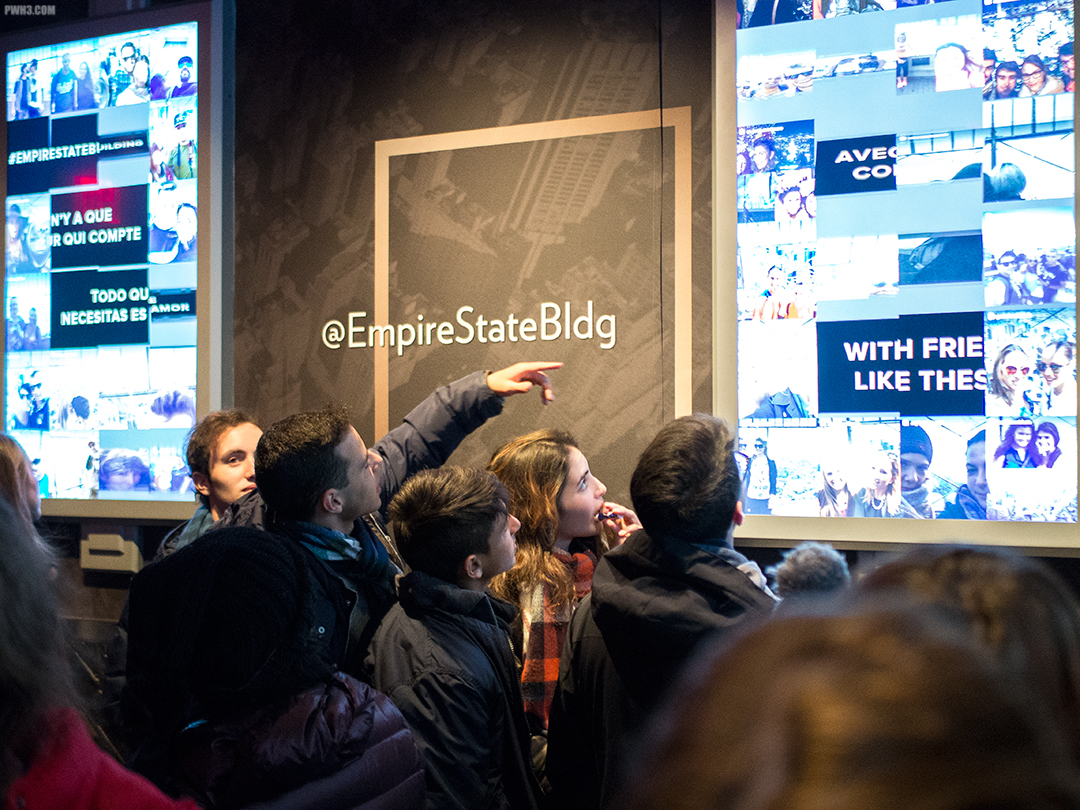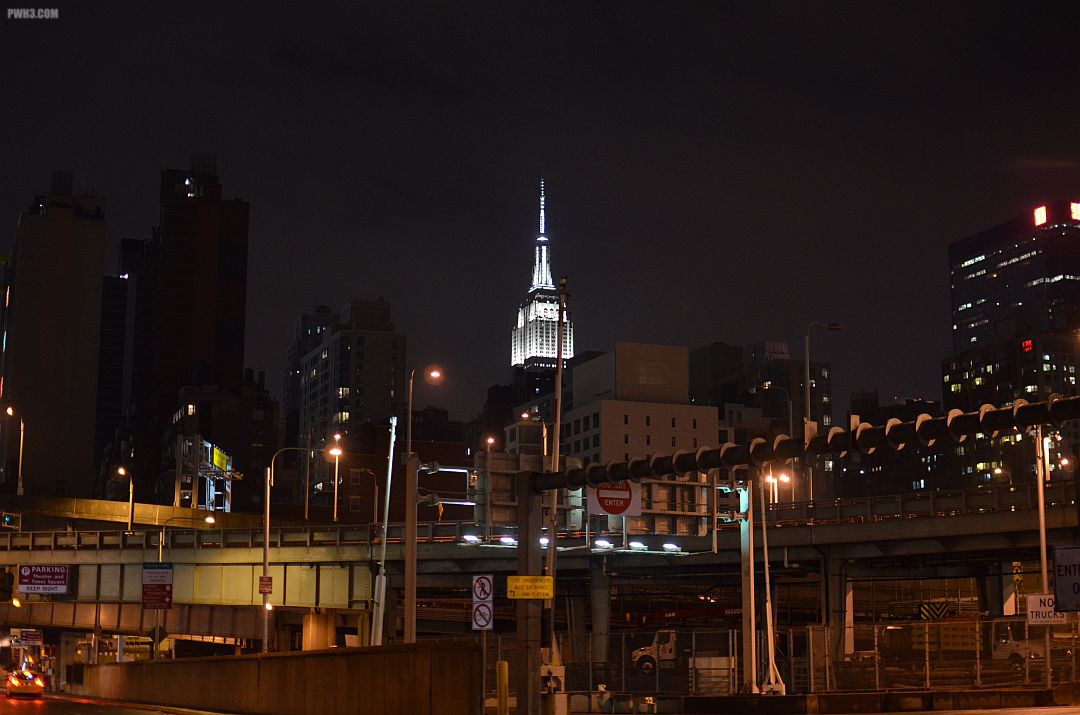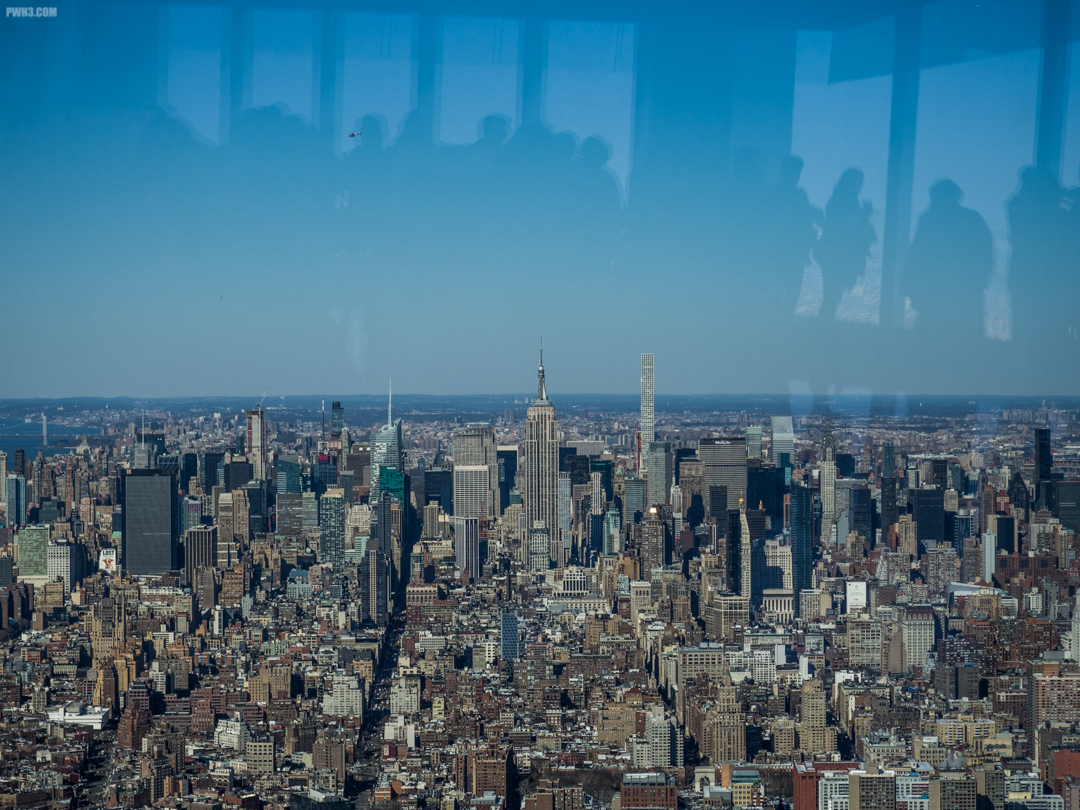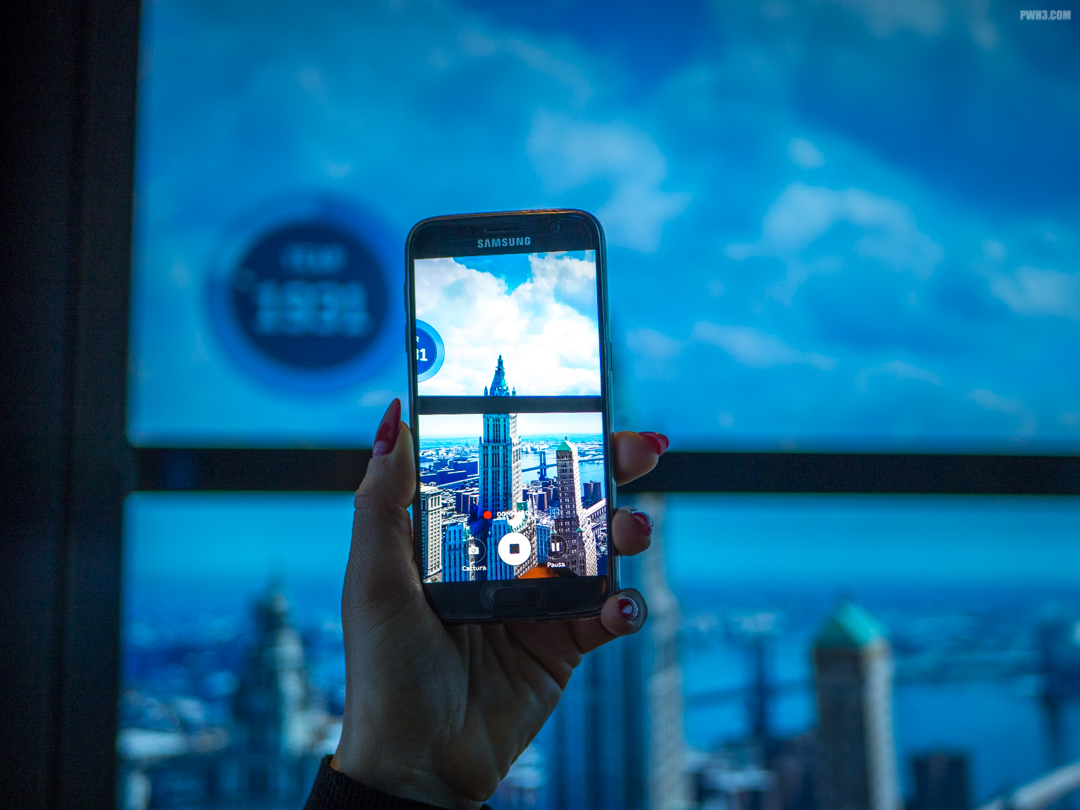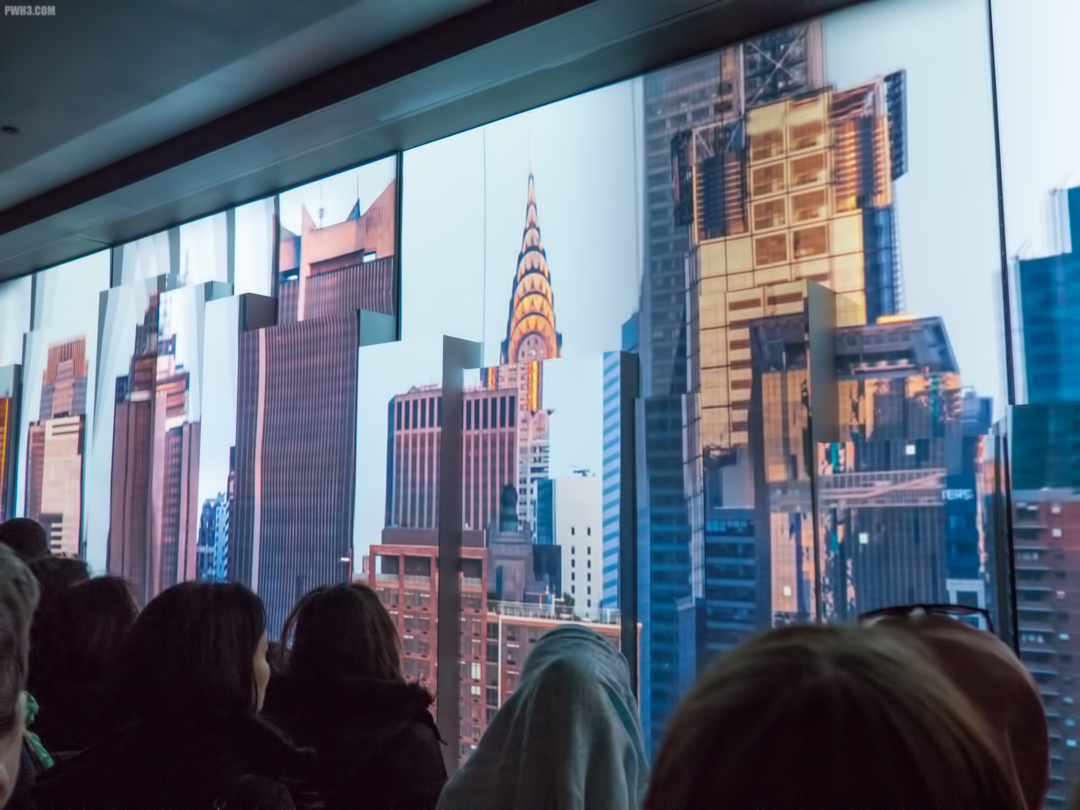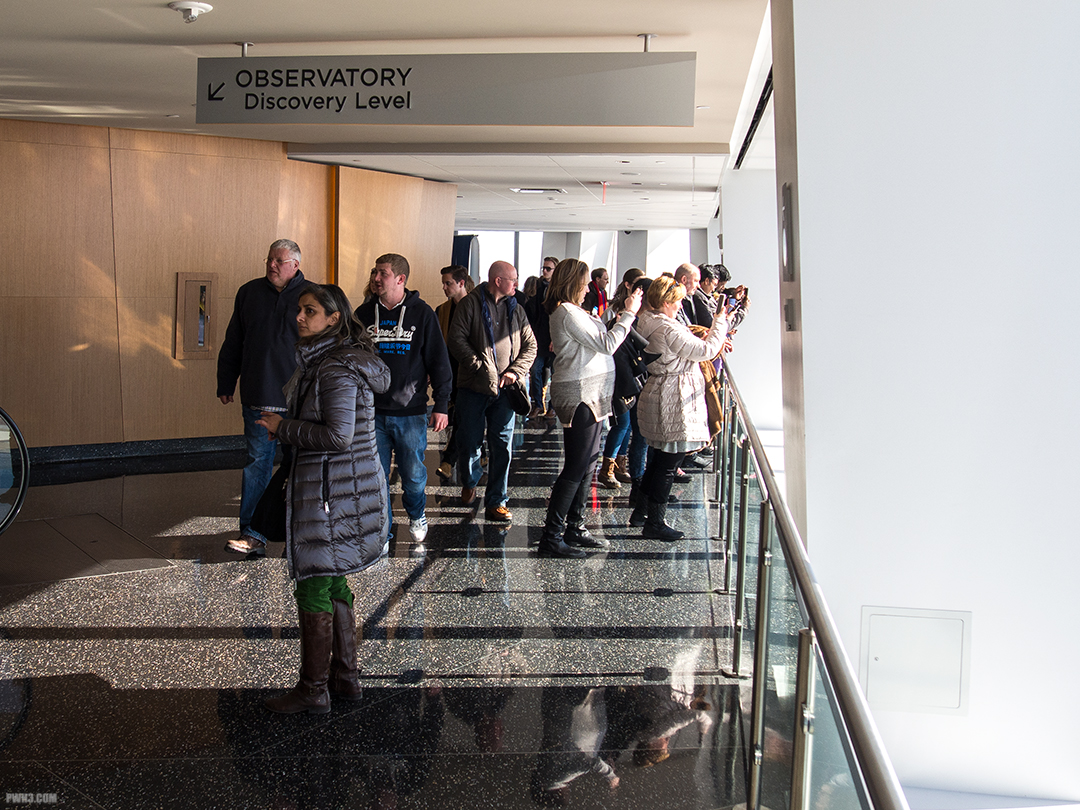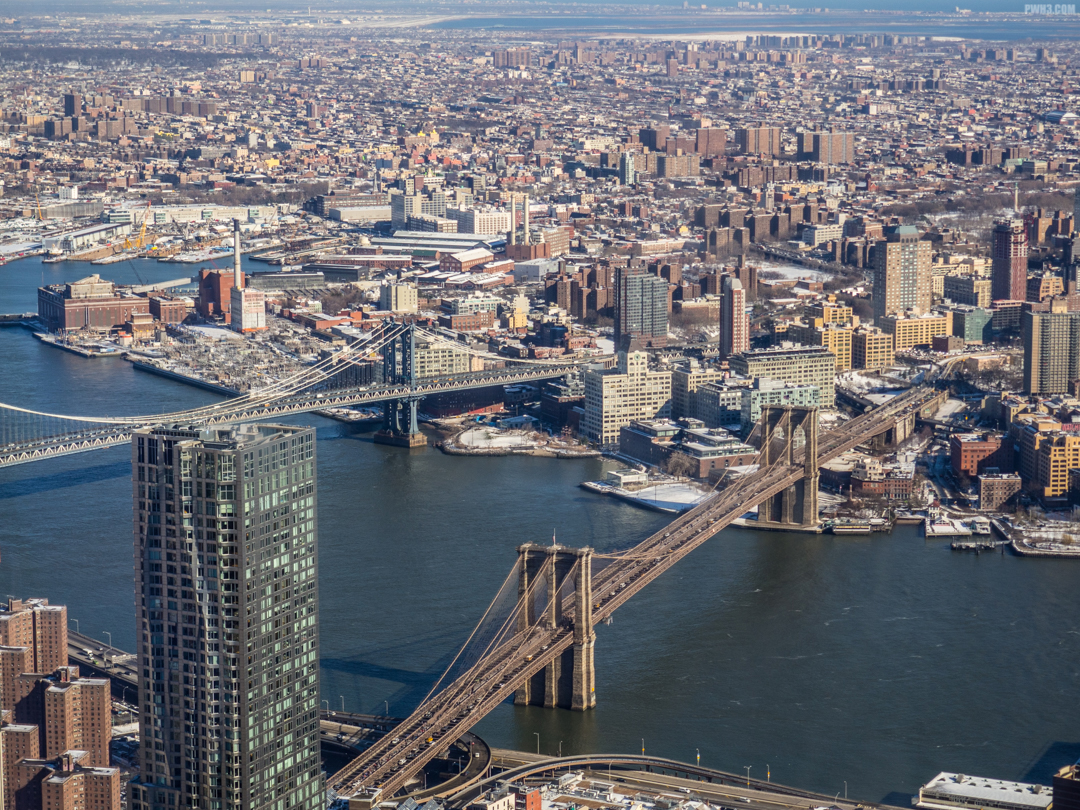A previous article I wrote talked about how to get started in photography without spending a bunch of money on gear. I’d like to focus on the lens I recommended in that article — the Nikon 35mm f1.8G DX.
Classic Field of View
Most beginning photographers will have a crop-sensor camera, such as the Nikon D3300 that I recommended in the article. Without getting crazy technical here, using a crop-sensor camera always means that the millimeter number on the lens (in this case 35mm) is multiplied by 1.5. That means that this lens will give you the rough equivalent of a classic 50mm field of view.

Sharp, Light and Small
The Nikon 35mm is a lightweight lens. It’s perfect for carrying around all day long and using in a variety of situations. It’s useful for photos of people, close-up shots of objects, and even landscapes. The lens is very sharp and delivers images with quite a bit of detail.
Keep in mind that the lens is a prime lens with a fixed focal length – meaning that you can’t zoom with it. If you need to get closer to your subject, you’ll have to actually walk towards it!
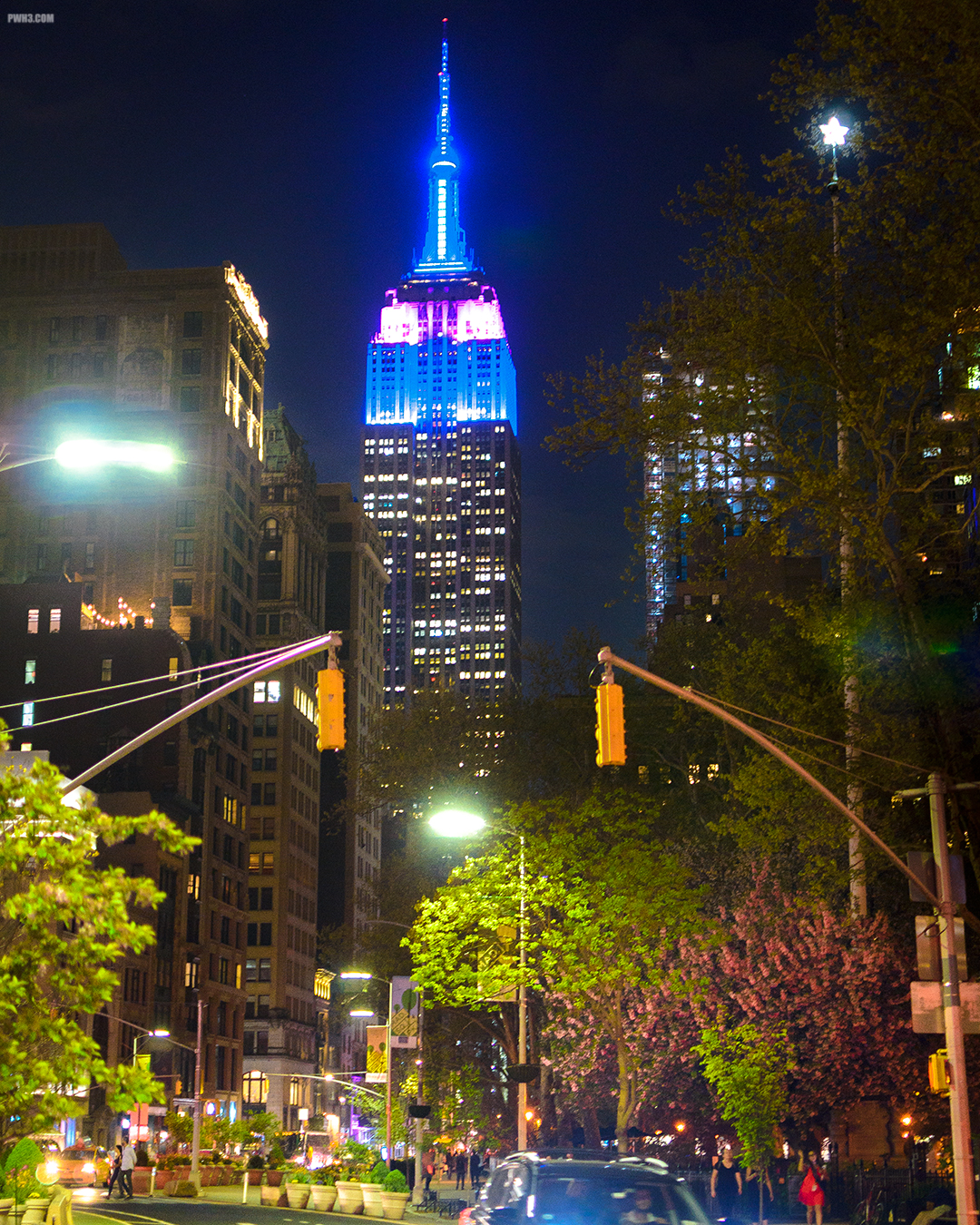
Cheap and Popular
The lens is also inexpensive. Brand new, it shouldn’t cost you more than $200 from any major internet camera retailer.
Even better, this lens is so popular that one of your Nikon-shooting friends probably owns one, and may let you try it out – at least for a few shots.
Good for Low Light and Night Shooting
The f-number of a lens tells you how much light the lens lets in, or how “bright” it is. Once again, I won’t get too technical here, but the lower the f-number, the better a lens will perform in low light situations or at night. This lens has an f-number of 1.8, which is a very low number (for comparison, a typical zoom lens has an f-number of 3.5, which is why most zoom lenses are not so good for low-light shooting).
What this all means is you can finally shoot clear, detailed pictures of your friends drinking in dimly-lit bars, or capture scenes on the streets at night that don’t look dark and grainy.
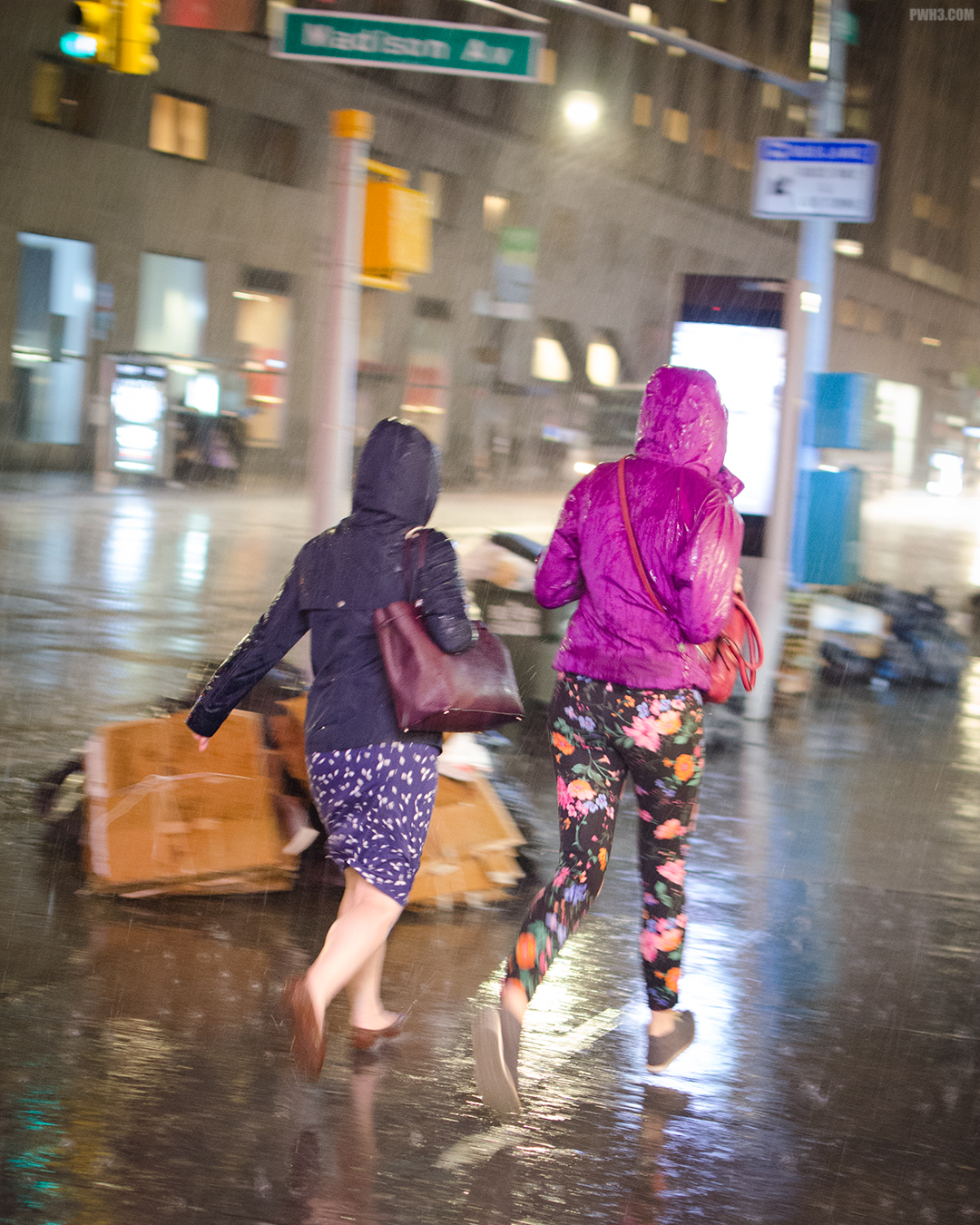
Blurred Background
Another great aspect of this lens is the ability to shoot photos with that “blurred background” look that everyone loves and craves. This makes the lens useful for casual portraits, or to isolate a subject that’s in front of a distracting background, such as a busy street.
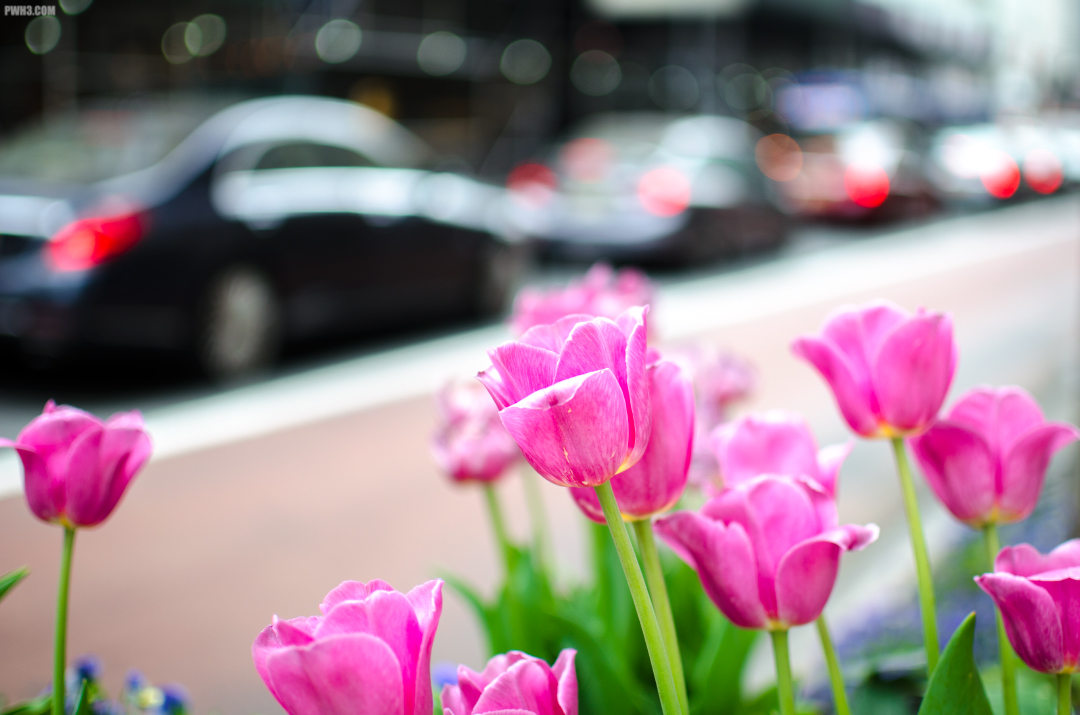
Nikon created a gem with this lens and even more amazing is how inexpensive it is to own. I highly recommend you go buy (or try) the Nikon 35mm f1.8G DX. Do you have this lens and enjoy shooting with it? Or are you a beginner that has more questions about it? Leave a comment below or feel free to message me on Instagram.
All photos in this article were taken with a Nikon D5100 and Nikon 35mm f1.8G DX lens. Except for the photo of the lens itself, which was taken with a Samsung Tablet & Snapseed.

